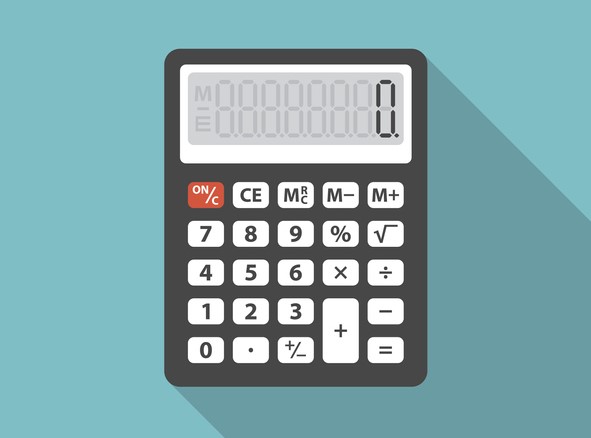How can a Time to Pay Arrangement help with tax bills?
What is a Time to Pay Arrangement and how do you apply for one? Licensed Insolvency Practitioner David Kirk explains how a Time to Pay Arrangement can help with HMRC bills.

What is a Time to Pay (TTP) Arrangement?
A Time to Pay (TTP) Arrangement is an agreement with HM Revenue and Customs (HMRC) to pay back tax debts over an extended period. A TTP usually lasts for between 3 and 12 months and can be used for:
- personal income tax
- corporation or company tax
- PAYE
- VAT
One key condition for HMRC to agree to a TTP is that all subsequent returns must be filed, and all subsequent payments must be made, on time. They will also usually only agree to a TTP once every three years, however they may agree to a second TTP if there are extraordinary circumstances.
What are the advantages of a Time to Pay (TTP) Arrangement?
If your cash flow problems are short term a TTP gives you a chance to catch up with the debts without having to take more drastic action. It’s confidential and can give you time to try and refinance a business, for example, by taking on invoice discounting or selling some assets.
What are the disadvantages of a Time to Pay (TTP) Arrangement?
Naturally, however, there are some disadvantages to a TTP:
- Interest will usually be added to the debt.
- If you use a TTP now you usually won’t be able to do another TTP again for some time.
- If you miss a TTP payment, it’s possible that HMRC will start the process to liquidate your company or bankrupt you personally.
- If your business operates as a limited company, HMRC will commence the process to wind the company up. This will mean that an advert is placed in The Gazette before a Court hearing to wind your company up and your bank account will be frozen because the legal term of ‘all dispositions are void’ applies. So, even though you have not yet been wound up, you cannot trade unless you apply for a validation order from the Court to un-freeze the bank account.
Therefore, it’s only worth agreeing a TTP if you can realistically keep to the payments and you can solve your cash flow problems for the future.
How do you apply for a Time to Pay Arrangement (TTP)?
To apply for a TTP, you’ll need to contact HMRC and usually have a telephone conversation with a tax officer to explain why you need a TTP. They may ask to see a 12-month cashflow forecast to show that you can make the monthly payments. You may need your accountant’s help to do this, as they will have more experience on how this should be presented. HMRC may also ask to see proof that your bank has turned you down for any further funding.
It should be noted that the coronavirus (COVID-19) pandemic has led to a more sympathetic approach from HMRC while businesses suffer a fall in sales. However, you still need to satisfy them that your business can recover and trade out of the problems and keep up to date with future debts.
What happens if you miss a Time to Pay (TTP) Arrangement payment?
If you miss a TTP payment, HMRC will start legal proceedings to put your company into liquidation or bankrupt you if you are self-employed or a partnership. This may in fact take them up to six months.
However, they may let you pay two months at once as a catch up.
What are your options if you’re refused a Time to Pay (TTP) Arrangement?
If you’re refused a TTP, the first option would be to borrow more money or pay your own capital into the business to clear the tax debts. However, you may not want to do this if it is loss making. There are other funding options, such as invoice discounting or a Coronavirus Business Interruption Loan, which could get you through the current period.
The second option is to decide if the business could be viable without all the legacy of debts around it. In which case a company voluntary arrangement (CVA) may be a sensible option. This allows the debts to be frozen and repaid in full or part, usually over five years. A CVA will affect your company’s credit rating and it also needs 75 per cent of creditors that vote, by value, to agree to it. It binds all creditors to the same terms if agreed.
The final option maybe to decide to close and liquidate the business or place it into administration to try and sell it. Administration may be the right answer if you already know a possible buyer is out there or if the business would be profitable without the legacy of debt including taxes.
If you are not sure what to do it’s always worth speaking to a licensed Insolvency Practitioner to get some expert advice.

About the author
David Kirk is a chartered accountant and licensed Insolvency Practitioner at south west-based insolvency specialist firm Kirks.
See also
What to do if you receive a winding up petition from HMRC
What you need to know about a company voluntary arrangement (CVA)
What debts are included in an individual voluntary arrangements (IVA)?
What you need to know about Corporate Insolvency and Governance Bill
Find out more
If you cannot pay your tax bill on time (GOV.UK)
Apply for the Coronavirus Business Interruption Loan Scheme (GOV.UK)
Image: Getty Images
Publication date: 4 September 2020
Any opinion expressed in this article is that of the author and the author alone, and does not necessarily represent that of The Gazette.
